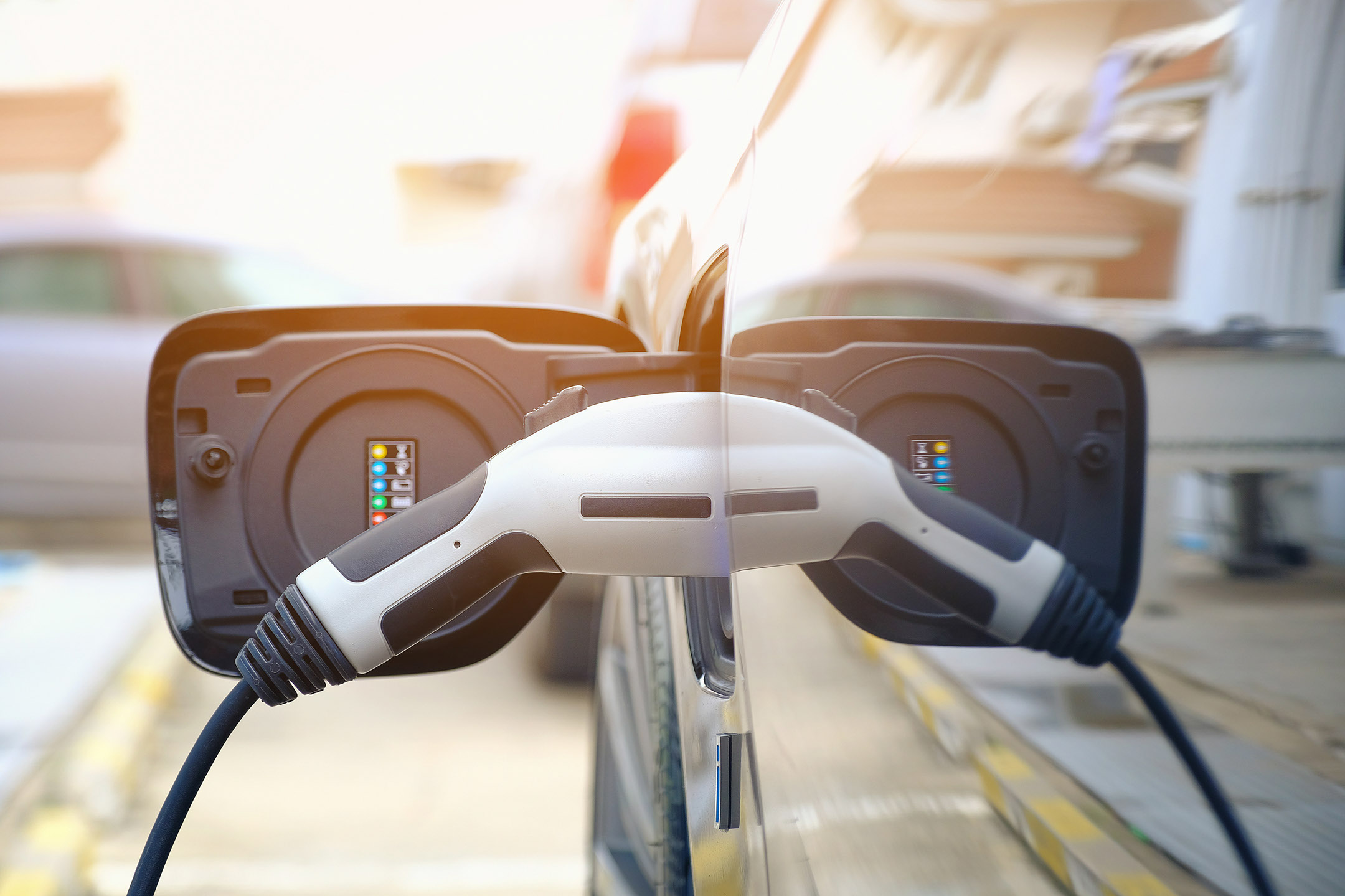Automotive Design Challenges and the power of MBSE

Model-based systems engineering (MBSE) has become a hot topic in the automotive world, especially as the complexity and sophistication of automobiles has grown in recent years. MBSE, in broad strokes, is a disciplined and structured approach to solving complex problems or developing complex products that enables transparency and traceability of data throughout the development process and the organization.
MBSE starts with a clear understanding and definition of the problem or scope that the product is being asked to address. The initial focus is on representing product requirements against a set of functional capabilities and behavioral use cases, making MBSE an important factor in the development and maturation of product requirements, functional modeling, and the optimized product architecture. Later in product development, it also works with activities such as multi-disciplinary optimization, conceptual manufacturing and product support, mission modeling, and verification planning to start building the program plan.
MBSE, as it connects and organizes information, models, and other product data, serves as a connecting thread from initial concepts and requirements through to their fulfillment in the product design, manufacturing process, and the finished product. This combination of structure, transparency, and traceability has led many experts to view the methodology as a critical piece of any enterprise digitalization strategy.
In the automotive industry, digitalization, and thus MBSE, has a crucial role to play in the not only the development of increasingly intelligent vehicles, but also in the transformation of the industry. As Nand Kochhar, VP of Automotive and Transportation Industries at Siemens Digital Industries Software, explains in the recent Engineering Roundtable on Engineering.com, the automotive industry is currently undergoing a revolution in which vehicles are increasingly a blend of mechanical, electrical, and electronic systems. In Nand’s words, “the industry is evolving to a high-end consumer electronic… today’s car and the near future’s cars are going to be computers-on-wheels.” Kochhar goes on to explain that this transformation in the industry is being driven by both technology and consumer demands, particularly as car buyers place more and more value on the advanced features and functions offered instead of traditional metrics like horsepower or styling.
The result of this transformation is twofold. First, the complexity of the vehicle and of its development process increase dramatically as advanced software and cutting-edge electronics account for a greater portion of the vehicle content. This is due to the inherent complexity of software systems and modern electronics, and the interdisciplinary nature of the features and functions they enable. Automated cruise control systems, for example, rely on an integration of multiple engineering and technology domains, from software, and electronics hardware to mechanical systems. Second, the growing emphasis towards high-tech features in our vehicles has essentially flipped the automotive development process on its head. Companies are moving towards a feature and function-based approach, led by the electronics software systems.
In this new automotive world, Kochhar says MBSE provides the structured approach needed to manage these various subsystems and their integration into one cohesive vehicle, despite the increasing number of items engineering teams must juggle. And yet, the explosion of software and electronics in the automotive industry is not the only massive shift taking place. Electrification is quickly becoming the new standard as environmental regulations come into effect around the world and consumers continue to warm to the idea of driving a car run on current instead of gasoline. In response, automakers are hustling to develop new all-electric vehicle lineups and deliver them to market as fast as possible. In Kochhar’s view, MBSE will be crucial to addressing the new demand for EVs at a previously unheard-of pace.
Indeed, despite the challenges facing the industry, Kochhar believes there is ample opportunity for the industry to innovate and develop new solutions to solve tomorrow’s problems. And MBSE is the tool that can help companies capitalize on these opportunities to turn complexity into a competitive advantage. You can hear more from both Nand and other Siemens experts, representing the electronics design automation and aerospace and defense industries, by watching the entire Engineering Roundtable, titled Model Based Systems Engineering (MBSE): The Solution for Complex, Cost-Effective Engineering Projects? You can also read a quick summary here!
Siemens Digital Industries Software helps organizations of all sizes digitally transform using software, hardware and services from the Siemens Xcelerator business platform. Siemens’ software and the comprehensive digital twin enable companies to optimize their design, engineering and manufacturing processes to turn today’s ideas into the sustainable products of the future. From chips to entire systems, from product to process, across all industries, Siemens Digital Industries Software is where today meets tomorrow.


